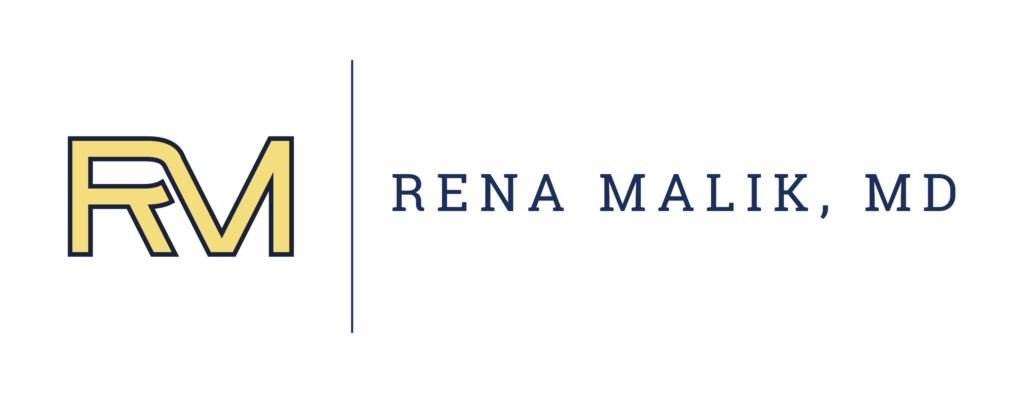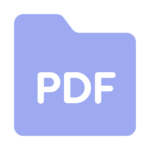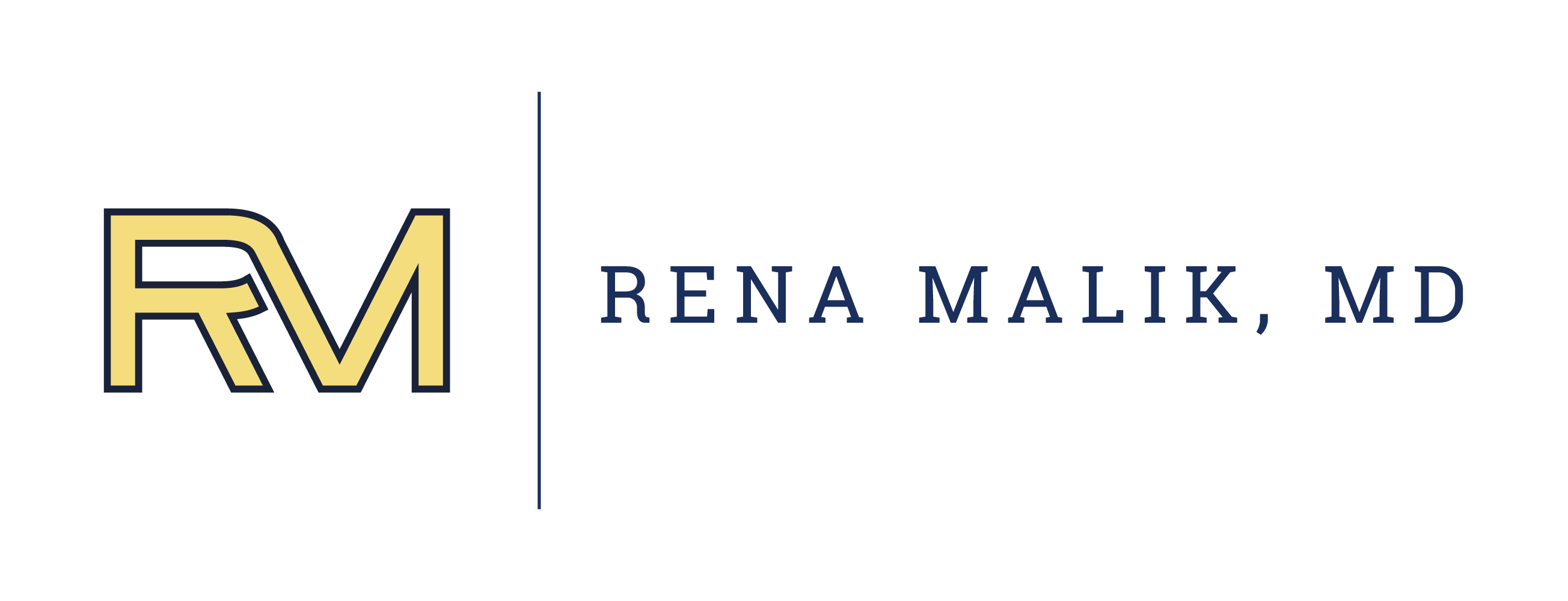What is Overactive Bladder (OAB)?
Overactive bladder is a condition that affects millions of people worldwide. It can have a significant impact on daily life, causing embarrassment, discomfort, and anxiety.
Overactive bladder is a condition characterized by a sudden and uncontrollable urge to urinate, often accompanied by frequent urination and nocturia (waking up at night to urinate). It is caused by involuntary contractions of the bladder muscle, which can occur even when the bladder is not full.
Common misconceptions about overactive bladder
There are many misconceptions about overactive bladder, which can lead to confusion and misunderstanding about the condition. One common myth is that overactive bladder is a normal part of aging, but in fact, it can affect people of all ages. Another misconception is that overactive bladder is caused by drinking too much fluid, but in reality, it can be caused by a variety of factors, including neurological conditions, bladder infections, and certain medications.
How prevalent is overactive bladder?
Overactive bladder is a common condition, affecting an estimated 33 million people in the United States alone. It is more common in women than men, and the risk of developing the condition increases with age. Other risk factors include obesity, diabetes, and neurological conditions such as multiple sclerosis and Parkinson’s disease.
What are the symptoms of overactive bladder?
The most common symptoms of overactive bladder include a sudden and urgent need to urinate, frequent urination (more than eight times a day), and nocturia (waking up at night to urinate). These symptoms can have a significant impact on daily life, causing anxiety, embarrassment, and disruption of daily activities.
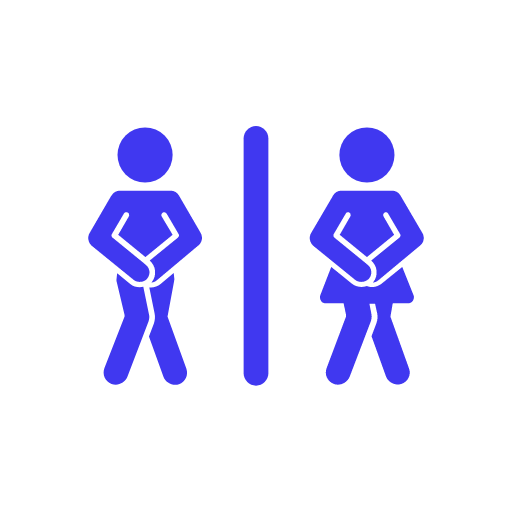
Urgency
A strong desire to urinate that you can’t put off. When you “gotta go, gotta go”
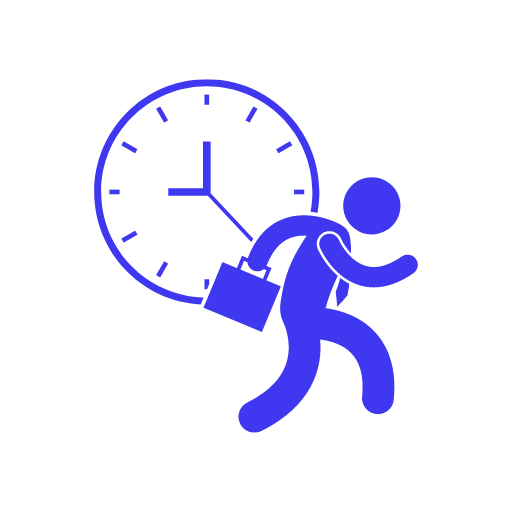
Frequency
Going to the bathroom too often, Recurrently, usually more than 8 times a day.
Urgency Incontinence
Leakage of urine that happens when you have a strong need to urinate and can’t make it to the bathroom in time.
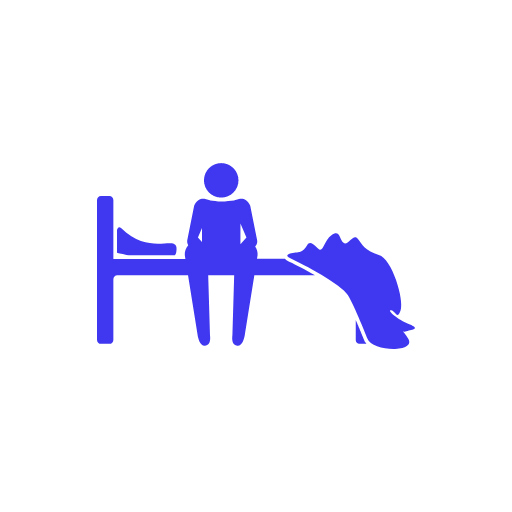
Nocturia
Waking up two or more times at night to urinate.Waking up two or more times at night to urinate.

Diagnosis of overactive bladder
Overactive bladder is diagnosed through a combination of medical history, physical examination, and occasionally diagnostic tests such as urodynamic testing and cystoscopy. These tests can help determine the underlying cause of the condition and guide treatment options.
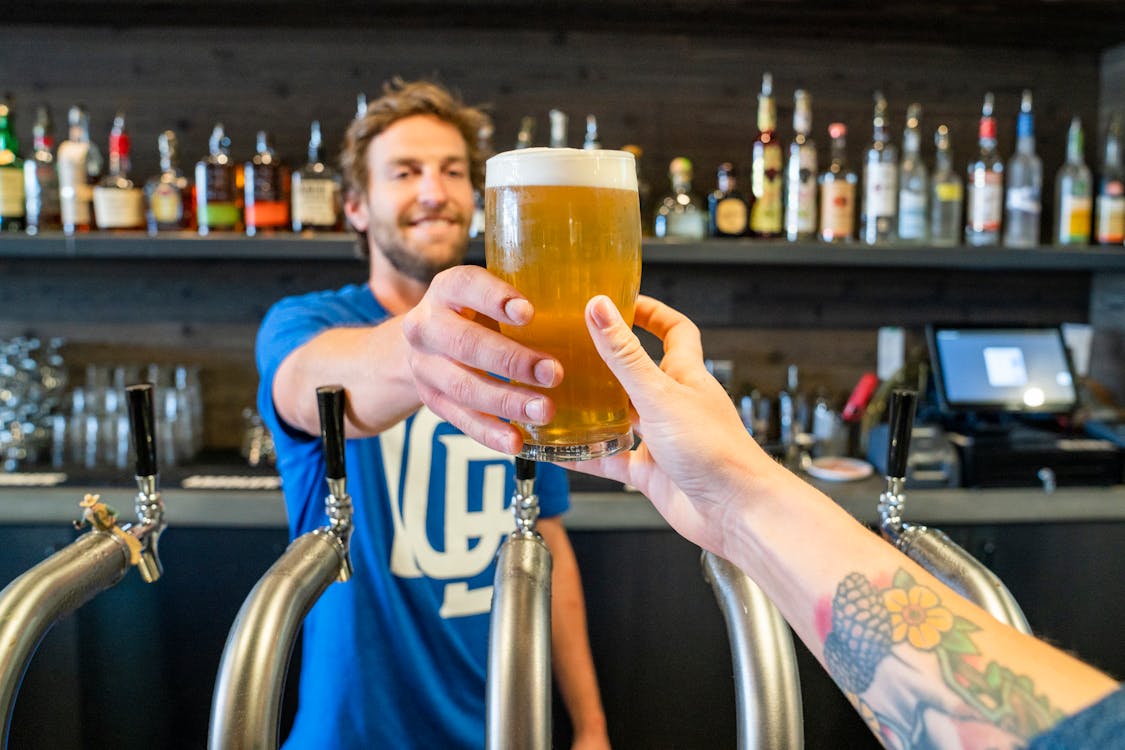
Lifestyle changes to manage overactive bladder
In addition to medical treatment, lifestyle changes can also help manage overactive bladder. These include dietary changes, like reducing bladder irritants such as caffeine and alcohol intake, and increasing water intake. Exercise, pelvic floor exercises, and bladder training can also be effective in managing the condition.
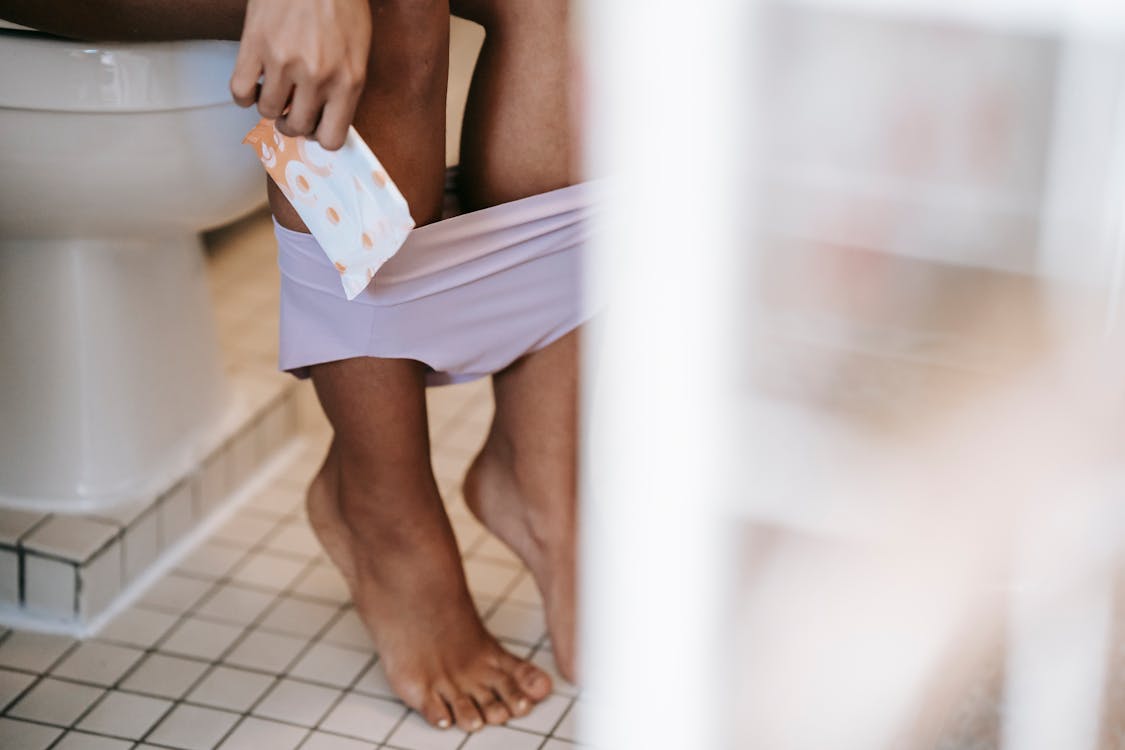
Coping with overactive bladder: Tips and tricks
Living with overactive bladder can be challenging, but there are strategies that can help manage symptoms and maintain a good quality of life. These include planning ahead for bathroom breaks, wearing absorbent pads or underwear, and avoiding triggers such as caffeine and alcohol.
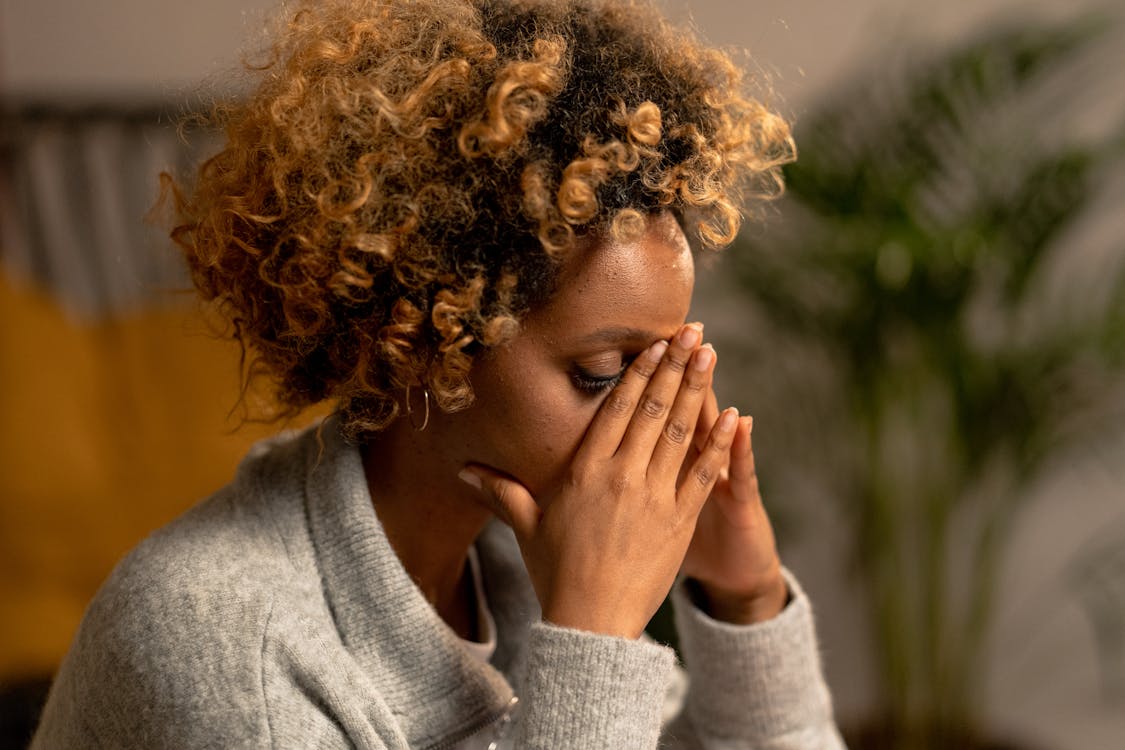
Overactive bladder and mental health: Understanding the link
Overactive bladder can have a significant impact on mental health, causing anxiety, depression, and social isolation. It is important to seek support and treatment for both the physical and emotional aspects of the condition.

How do you diagnose OAB?
Overactive Bladder can have multiple causes, including other medical and neurological conditions that affect bladder function. Factors such as an enlarged prostate, previous surgery, or urethral narrowing can also contribute to the development of OAB.
To diagnose OAB, healthcare professionals utilize various approaches, including:
Medical History: Your healthcare provider will discuss your symptoms and medical history, focusing on bladder function and any underlying conditions that may be contributing to OAB.
Bladder Diary: Keeping a bladder diary helps track your urination patterns, fluid intake, and any episodes of urgency, frequency, or incontinence. This diary provides valuable information for diagnosis and treatment planning.
Additional Tests: In some cases, additional tests may be necessary to evaluate bladder function or identify any anatomical abnormalities. These tests can include urodynamic testing, which assesses bladder pressure and urine flow, as well as cystoscopy, a procedure that uses a small camera to examine the bladder’s interior.
Treatment Options for OAB
Thankfully, there are several effective treatment options available for managing Overactive Bladder. The choice of treatment will depend on the underlying causes, severity of symptoms, and individual preferences. Here are some common treatment approaches:
1. TREAT THE UNDERLYING CONDITION
Addressing the underlying condition, such as an enlarged prostate or urethral narrowing, is crucial in managing OAB. Treating these conditions can alleviate bladder dysfunction and improve symptoms.
2. LIFESTYLE CHANGES
Implementing certain lifestyle modifications can significantly impact OAB symptoms. These changes may include:
Bladder Training: Practicing bladder training techniques helps regain control over urination by gradually increasing the time between bathroom visits. This process retrains the bladder to hold urine for longer periods, reducing the frequency of urgency and urinary incontinence.
Fluid Management: Adjusting fluid intake and timing can help regulate bladder function. It may involve limiting caffeine and alcohol consumption, as these substances can irritate the bladder.
Weight Management: Maintaining a healthy weight can reduce the pressure on the bladder, alleviating symptoms.
Pelvic Floor Exercises: Engaging in pelvic floor muscle exercises, commonly known as Kegels, can strengthen the muscles that support bladder control, reducing urinary urgency and leakage.
3. MEDICATIONS
There are various medications available that can help manage OAB symptoms by relaxing the bladder muscles and reducing bladder contractions.
4. BLADDER BOTOX®
In cases where other treatments have proven ineffective, BOTOX® injections can be considered. BOTOX® is injected directly into the bladder muscle, helping to calm overactive contractions and reduce urinary urgency.
5. PERCUTANEOUS TIBIAL NERVE STIMUATION (PTNS)
PTNS involves the use of a thin needle electrode placed near the ankle to stimulate the tibial nerve. This gentle nerve stimulation can help regulate bladder activity and reduce OAB symptoms.
6. SACRAL NEUROMODULATION (SNS) OR BLADDER PACEMAKER
SNS involves the implantation of a small device, similar to a pacemaker, near the sacral nerves. This device sends electrical impulses to modulate nerve activity, effectively managing OAB symptoms.
7. ECOIN
The eCoin is a small device the shape of a nickel that is safely inserted beneath the skin near the ankle to offer extended relief for urge incontinence. This is typically done under a local anesthetic. Once the incision heals and the eCoin is activated, it delivers intermittent tibial stimulation to the lower leg on two-three occasions each week on its own at home.
Conclusion
Overactive Bladder is a treatable condition that can significantly impact one’s quality of life. By understanding the causes, seeking an accurate diagnosis, and exploring the various treatment options available, individuals can regain control over their bladder function and alleviate the bothersome symptoms associated with OAB.
If you are experiencing any OAB symptoms, schedule an appointment to discuss the most suitable treatment plan tailored to your needs. Remember, effective management is within reach, and you don’t have to let OAB dictate your life.
Recommended Resources

eCoin
Website

Botox - What to Expect
Website

OAB basics
Podcast

Managing on the go
Podcast

Strengthen your pelvic floor
Podcast
Discounts on Overactive bladder medication
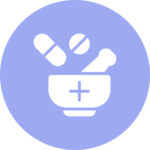
Mark Cuban's Costplus discount Oxybutynin
Common Medication

Mark Cuban's Costplus discount Vesicare
Common Medication

Mark Cuban's Costplus discount Detrol
Common Medication
Recommended Videos
Taking Control of Overactive Bladder (OAB)
Five EASY Ways to Improve Your OVERACTIVE BLADDER
Drug treatment for overactive bladder
11 ways STOP Overactive Bladder | Overactive Bladder Symptoms & treatment
Are Bladder Medications SAFE?! | OVERACTIVE BLADDER Medications
PTNS Percutaneous Tibial Nerve Stimulation
Living with Overactive Bladder (OAB) – Urology Care Foundation
What are bladder irritants?
A pacemaker for your OVERACTIVE bladder?! | Everything YOU need to know
Botox for your Bladder?! | Everything you need to know about botox for overactive bladder
What is eCoin?
